- Did you know that over 50% of vehicles involved in moderate to severe collisions suffer hidden frame damage? Discover how car frame straightening can prevent irreparable loss and keep your vehicle safe on the road.
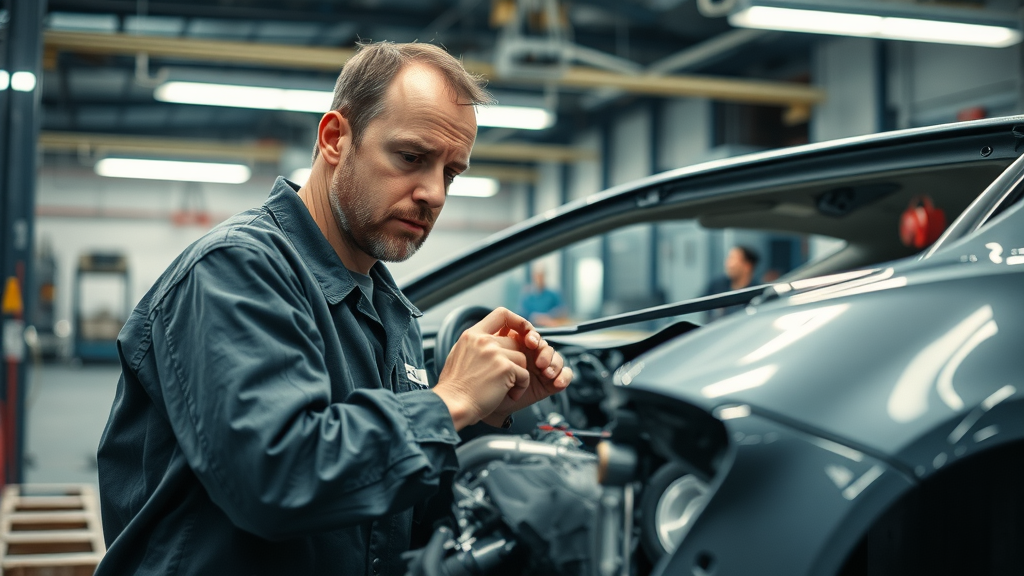
- In this comprehensive guide, you’ll learn why car frame straightening matters, how professionals restore damaged frames to factory condition, and what to expect throughout the process—including crucial facts every car owner must know.
Understanding Car Frame Straightening and Its Importance for Frame Damage
- What is car frame straightening and how does it address frame damage?
- Why timely car frame straightening is critical after a collision
- Common causes of frame damage in accidents
Car frame straightening is a vital process performed by auto body professionals to restore structural integrity after a vehicle sustains frame damage in a collision. Modern cars use unibody or ladder frame designs—both engineered for safety and stability. After an accident, even minor misalignment of the car frame can put the safety, drivability, and resale value of your vehicle at serious risk. When an issue like a bent frame is left untreated, it can affect everything from wheel alignment to how the car absorbs impacts in future accidents.
The urgency of car frame straightening immediately after a crash cannot be overstated. Frame damage compromises key components such as body panels, fuel lines, frame rails, and suspension mounts. Signs may not be immediately visible, but an unaddressed damaged frame can lead to rust, premature tire wear, and expanding cracks in the car’s structure. Prompt repair by a skilled body shop ensures that all impacted areas are brought back into alignment before invisible damage causes long-term problems.
Common causes include direct frontal, rear, or side collisions—each capable of transferring enough force to bend the frame rails, twist the car’s body structure, or disrupt the radiator support and quarter panels. Pothole impacts and improper towing are also culprits. Identifying and rectifying frame damage quickly is crucial for preserving your car’s value and protecting its occupants.
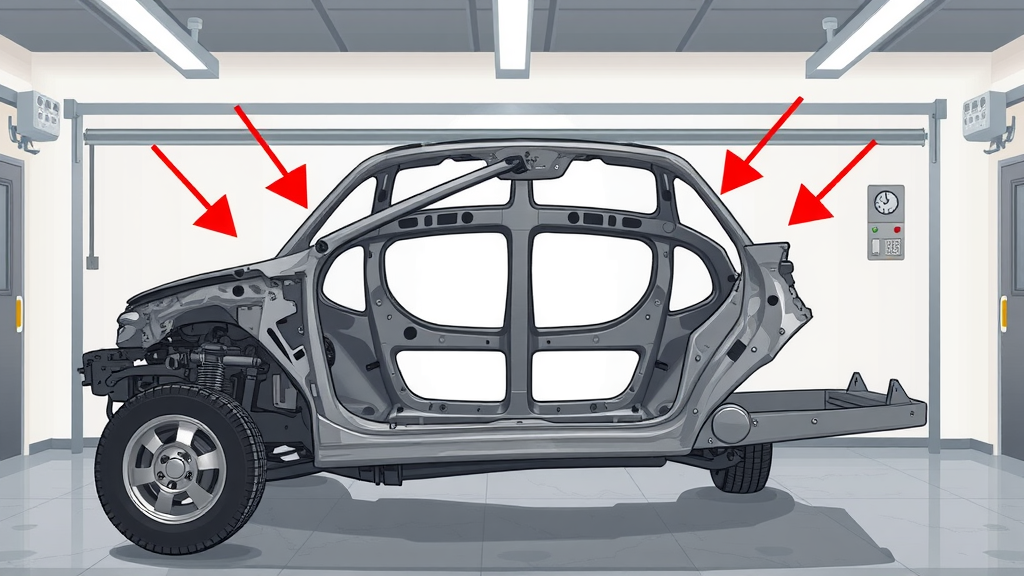
What You'll Learn About Car Frame Straightening and Car Frame Repair
- The frame straightening process
- Signs of frame damage
- How auto body shops use advanced technology
- Tips for choosing the right body shop
- Cost factors and when car frame repair is worth it
By the end of this guide, you’ll clearly understand how car frame straightening restores the structural integrity of modern cars , the advanced technology used in auto body repair, and how to spot early warning signs of frame damage . You'll also gain insight into the steps reputable body shops follow to ensure your vehicle is safe, how to choose specialists with the right tools for your make and model, and when frame repair is a sound investment versus when a car is totaled. Since repair costs can vary, you'll discover pricing factors so you know what to expect and how to get the best value.
This knowledge is key for car owners who want to protect their vehicles and their loved ones, especially after an unforeseen accident. When you’re informed about the full process—from recognizing a bent frame to evaluating certified technicians—you're empowered to make confident choices every step of the way. Whether your goal is to maintain resale value or simply guarantee your daily commute is safe, understanding car frame straightening is essential.
Critical Signs of Car Frame Damage Needing Frame Straightening
- Bent frame: Symptoms to watch for
- Sway damage, twisted frames, and sagging
- How to spot damaged frame issues before they worsen
Spotting bent frame issues early can save you money and keep you safe. Common symptoms include uneven gaps between body panels, difficulty opening or closing doors, and visible misalignment in the vehicle’s stance or tracking. The body frame may look slightly twisted, or you might notice odd tire wear due to improper alignment. In advanced cases, you’ll spot visible bends or cracks under the vehicle—especially along the frame rails and major support structures.
Other warning signs involve more subtle physical cues. If your car pulls to one side, requires constant steering correction, or feels unstable at highway speeds, underlying sway damage or a twisted frame may be lurking. Even if external damage is minimal, internal parts like the radiator support and quarter panels can hide the extent of the damage . Don’t ignore noises or vibrations coming from the undercarriage—these can signal metal fatigue or developing problems in the chassis after a collision.
To prevent severe consequences, have any suspected damaged frame inspected immediately by a reputable body shop . Professional auto body technicians use diagnostic equipment to detect problems invisible to the naked eye. Addressing these issues early prevents further deterioration and reduces long-term repair costs, keeping your vehicle safe to drive and structurally sound.

The Car Frame Straightening Process at a Professional Auto Body Shop
- Step-by-step breakdown: Car frame straightening at a repair shop
- Collision repair technology: Measuring systems and frame machines
- Role of lasers, computer diagnostics, and 3D measuring in frame repair
The car frame straightening process at a professional repair shop starts with a thorough diagnosis using advanced measuring systems. After the initial visual assessment, technicians employ computerized gauges and 3D lasers to map out bends, twists, or warps in the car frame . These systems provide millimeter-accurate data, helping the technician determine the extent of the damage and select the best repair strategy.
The actual straightening involves hydraulic frame machines or pulling towers that are anchored to the floor. The car is carefully clamped at factory-specified points, and force is applied precisely until the frame back into alignment with original specifications. Throughout, laser calibration and computer diagnostics check progress, ensuring the body frame and crucial mounting points line up as designed. Technicians use 3D scanning to compare finished readings to pre-accident data for accuracy and safety.
Modern collision repair shops utilize a combination of brute force and digital finesse to restore even complex unibody frame damage. The result: a car that drives, handles, and protects like new. Choosing a shop equipped with the latest technology maximizes your chance of a safe, factory-standard result.
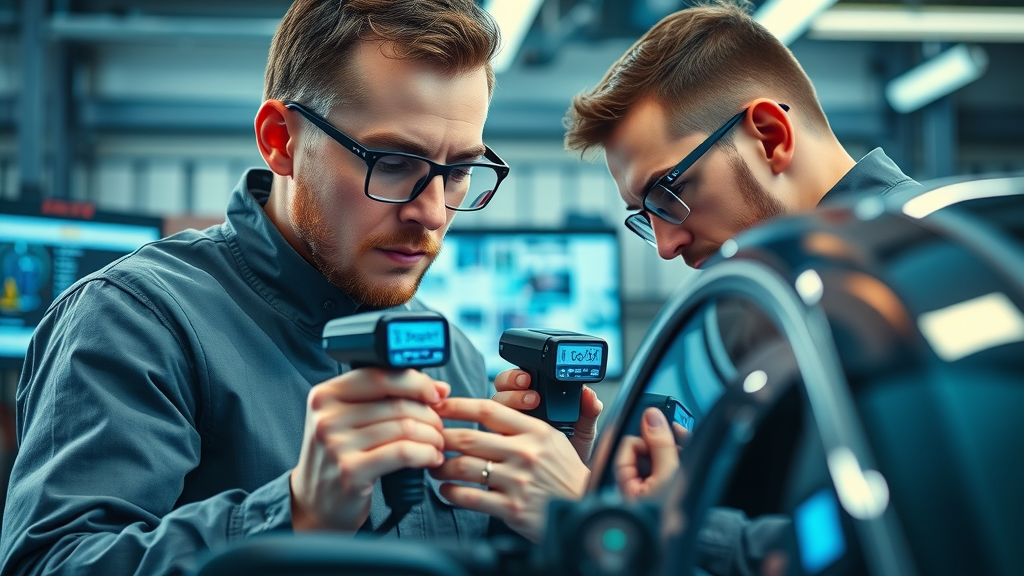
How Reliable is Car Frame Straightening for Different Types of Frame Damage?
- Comparing unibody vs. ladder frame straightening
- Permanant fixes versus temporary solutions
The reliability of car frame straightening depends greatly on the frame design and severity of damage. Unibody frames , common in modern passenger vehicles, integrate the body and frame into one strong shell. These require precise pulling and very accurate measuring to restore. Ladder frames , usually found in trucks and older cars, are made of strong rails and cross-supports and can sometimes be more forgiving during repair. However, both types demand thorough diagnosis because hidden damage can compromise structural integrity if not fully addressed.
A top-tier auto body shop will use permanent fix methods such as metal reshaping and reinforced welding. Temporary fixes—like patching cracks or realigning sections without full measurement—are unsafe and can lead to further frame damage in another collision. Always ensure your frame repair restores full strength and alignment, especially when considering your car’s long-term performance and resale value.
| Frame Problem | Symptoms | Recommended Actions |
|---|---|---|
| Bent Frame Rail | Misaligned wheels, uneven tire wear, car pulls to one side | Hydraulic straightening and realignment with measuring systems |
| Sway Damage | Visible side shift, difficulty tracking straight, shifted body panels | Frame machine realignment with laser/3D measurements |
| Twisted Frame | Car leans to one side, inconsistent door and window gaps | Precision pulling and level adjustment, possible welding |
| Minor Scrapes/Surface Damage | Superficial dents or scratches, no symptoms | Cosmetic repair, inspect for hidden damage |
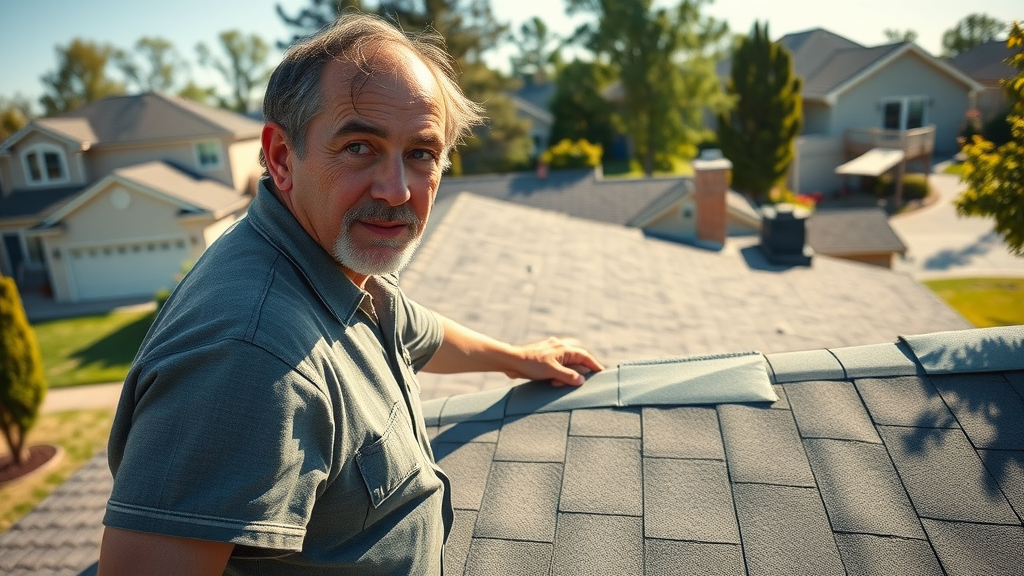
“A structurally sound car frame is the foundation of your vehicle’s safety. Neglecting car frame straightening after a collision can compromise your entire driving experience.” – Certified Collision Repair Expert
Can a Car With Frame Damage Be Safe to Drive? Understanding the Risks
- Assessing if your car is safe to drive before and after car frame straightening
- Potential risks of driving with a bent frame
- Legal and insurance considerations for damaged frame vehicles
Driving a car with unresolved frame damage is never truly safe to drive . Even if the vehicle appears drivable, a compromised car frame can drastically reduce crash protection, trigger alignment problems, and lead to unpredictable vehicle behavior in emergencies. After a collision, only a comprehensive assessment at a certified auto body or repair shop can determine if the car is roadworthy.
A bent frame can stress suspension and drivetrain components, causing premature wear. Insurance companies often require a certified inspection before approving coverage or repairs, especially for serious accidents. If the extent of the damage is severe, some insurers may even declare the car is totaled , especially if safe repair is not possible or cost-prohibitive. Legal liability can also fall on the driver if a damaged car causes an accident on the road.
Don’t risk further harm or legal trouble. Always consult a qualified collision repair professional for guidance on whether it's safe to drive your car both before and after car frame straightening .
Car Frame Straightening Costs: What to Expect and How to Save
- Cost breakdown of car frame straightening at repair shops
- Factors influencing car frame repair prices
- Is it worth repairing a bent frame or replacing the car?
Car frame straightening costs can range from a few hundred to several thousand dollars, depending on the extent of the damage , the type of frame, labor rates, and the reputation of the body shop . Advanced repairs, especially with unibody construction , may require expensive equipment and significant technician time. Labor, parts, and use of computerized measuring systems all factor into the final bill.
Key cost factors include: the location and accessibility of frame damage , severity (bent frame rails vs. minor misalignment), your vehicle’s make and model, and whether additional parts like quarter panels or the radiator support need replacing. High-end or specialty cars generally demand higher repair rates. Insurance can cover much or all of the expense if you carry comprehensive or collision coverage—a consideration before paying out of pocket.
If repair estimates approach or exceed the car’s market value, discuss your options with your insurance adjuster and trusted repair shop . In some cases, replacing the car may be a better long-term investment, especially if structural integrity can’t be fully restored. Always weigh safety, current market value, and the importance of your car before deciding.

Choosing the Right Auto Body Shop for Frame Straightening and Collision Repair
- Top criteria for selecting a qualified body shop
- Questions to ask about car frame straightening expertise
- The importance of certified technicians and warranties
Selecting a reputable body shop for car frame straightening is your best defense against improper repairs. Always look for facilities that specialize in collision repair and use up-to-date measuring and straightening equipment. Certified technicians, such as those with ASE or I-CAR accreditation, ensure professional standards and advanced training.
When reviewing your options, ask if the shop has experience with your car’s specific make and model , what type of frame repair warranties they offer, and how they verify repairs meet factory safety specs. Inspect the shop’s cleanliness, customer reviews, and transparency in pricing and communication. Shops that document their work and provide before-and-after measurements are generally more trustworthy.
Warranties on frame straightening signal the shop’s confidence in their work and commitment to your safety. Don't hesitate to ask how repairs are tested for roadworthiness and if additional body repair is needed. Outfitting your car with expert repairs from the start makes a long-term difference in safety and value.
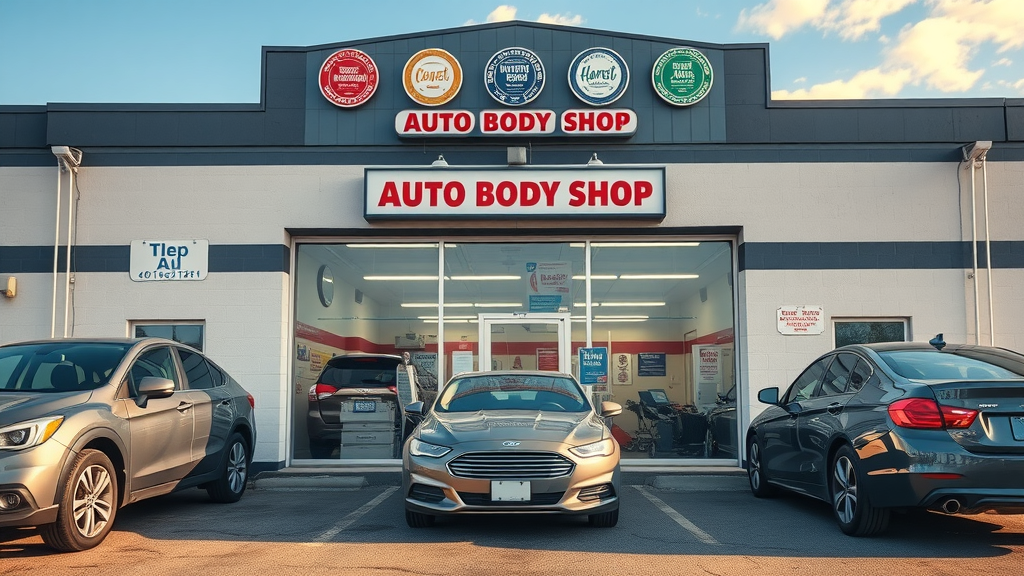
Preventing Future Frame Damage and Prolonging the Life of Your Car Frame
- Routine inspections and maintenance tips
- How to avoid driving habits that lead to frame damage
- Role of insurance and prompt collision repair in long-term vehicle health
Routine visual checks, professional inspections, and prompt attention after minor accidents can prevent serious frame damage down the road. Check the undercarriage and wheel wells for rust, cracks, or suspicious bends every oil change. Listen for new rattles, squeaks, or vibrations. After even small bumps or curb impacts, ask your auto body shop for a frame inspection—catching issues early minimizes costly repairs later.
Driving habits are also crucial. Avoid aggressive driving, overloading your vehicle, or taking turns too fast—all can stress the body frame . Avoid deep potholes, and don’t ignore minor fender benders—today’s small accidents often mask larger structural problems in modern cars .
Maintain comprehensive auto insurance and report all accidents, no matter how minor. Timely collision repair prevents rust, secondary damages, and insurance disputes. Consistent maintenance ensures your car remains safe to drive and holds its value year after year.
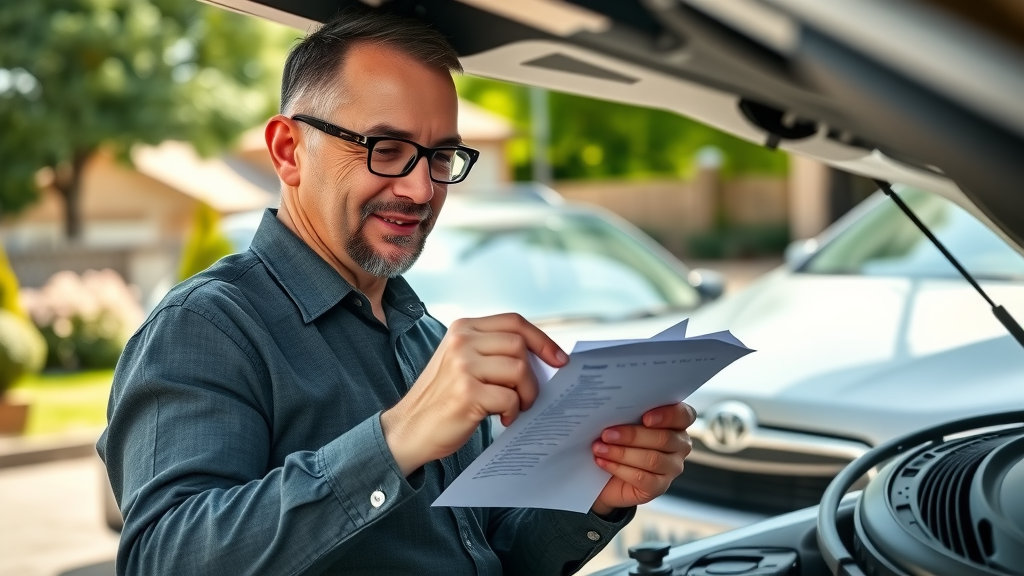
People Also Ask: Frequently Searched Questions About Car Frame Straightening
How much does it cost to straighten a frame on a car?
- Typical price ranges, primary cost factors, and insurance coverage options for car frame straightening
Costs for car frame straightening typically range from $800 to $2,500, but can go higher based on the extent of the damage , labor rates, and requirements for new body panels or specialty repairs. Insurance may cover much of the cost if collision or comprehensive policies are active. Always get multiple estimates from reputable auto body shops to ensure you get the best value while maintaining repair quality.
Can a car frame be straightened?
- Technological advancements in car frame straightening and types of frame that can be repaired
Yes, with today’s technology, most damaged frames can be precisely realigned even if significantly bent. Advanced hydraulic frame machines, laser measurement systems, and 3D imaging now allow repair shops to restore both unibody and traditional ladder frame designs. The key is accurate diagnosis and use of the right tools for your vehicle’s construction.
Is it worth fixing a car with a bent frame?
- When car frame repair is smart—evaluating safety, resale, and long-term costs
In many situations, fixing a bent frame is worthwhile—especially if the car is newer, valued highly, or serves as your main mode of transportation. Always weigh safety, future reliability, and potential resale value versus the cost of repair. If structural integrity can be restored to factory specs, repairing is typically smarter than replacement, especially if insurance offsets your out-of-pocket expense.
Is a car totaled if the frame is bent?
- Insurance definitions, repairable versus non-repairable frame damage, and factors influencing total loss decisions
A car is totaled when the repair cost—including frame straightening —exceeds the vehicle’s current value, as determined by your insurance company. Not all bent frames are unrepairable; mild to moderate cases can often be fixed safely. Extensive or multiple area damage, however, may make the car uneconomical to restore, prompting the insurer to declare a total loss.
List of Essential Takeaways on Car Frame Straightening
- Prompt car frame straightening safeguards vehicle safety and value.
- Identify frame damage early by recognizing symptoms.
- Certified body shops ensure proper car frame repair using advanced collision repair technology.
- Weigh the cost and benefits before deciding to repair or total your car.
- Maintenance and good driving habits can prevent future frame damage.
Answers to Common Car Frame Straightening FAQs
- What is the average turnaround time for car frame straightening?
- Can frame damage affect car resale value?
- Does insurance always cover car frame repair?
- Signs that your car is still unsafe after car frame straightening
The average turnaround time for car frame straightening is typically three to seven days, depending on the severity of frame damage and availability of parts. Repairs may be faster for minor misalignments, but severe structural damage can require a longer stay at the auto body shop.
Yes, frame damage —even post-repair—can impact resale value. A properly repaired car will maintain more value than a neglected one, but full disclosure to prospective buyers is crucial. Comprehensive repair documentation from reputable body shops minimizes loss in resale.
Insurance usually covers frame repair under collision or comprehensive policies, but certain exclusions and deductible costs may apply—check your plan.
If your car vibrates, pulls to one side, shows abnormal tire wear, or experiences sudden noises post-repair, it could indicate the frame is still compromised . Always return to your repair shop for a follow-up evaluation to ensure lasting safety.
“Investing in qualified collision repair today could save you thousands and keep your loved ones safe down the road.”
Ensure Your Vehicle’s Safety With Expert Car Frame Straightening
- Don’t risk your safety—book a car frame straightening inspection with a certified auto body shop and drive with peace of mind today.
Act promptly if you suspect frame damage: schedule an inspection at a certified collision repair shop, compare estimates, confirm use of advanced technology, and demand a warranty for your repair—ensuring that your car remains a safe, reliable asset for years to come.
For a deeper understanding of car frame straightening, consider exploring the following resources:
-
Car Frame Straightening: A Complete Guide provides an in-depth look at the frame straightening process, types of frame damage, and factors influencing repair costs.
-
What is Frame Straightening and Why is it Important? explains the significance of frame straightening, detailing the process and its impact on vehicle safety and performance.
These resources offer valuable insights into the importance and intricacies of car frame straightening, helping you make informed decisions about your vehicle’s maintenance and safety.
 Add Row
Add Row  Add
Add 
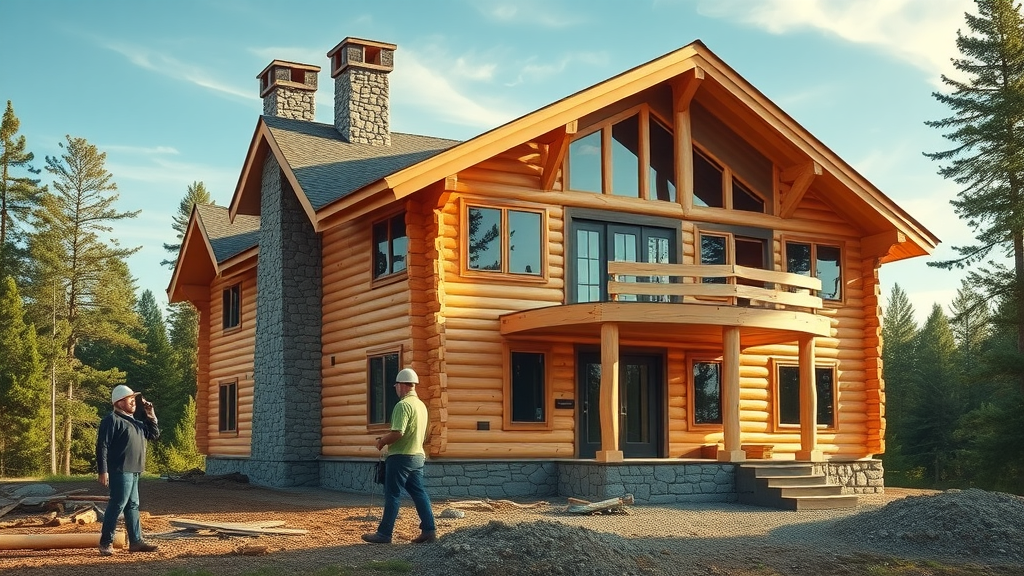


Write A Comment